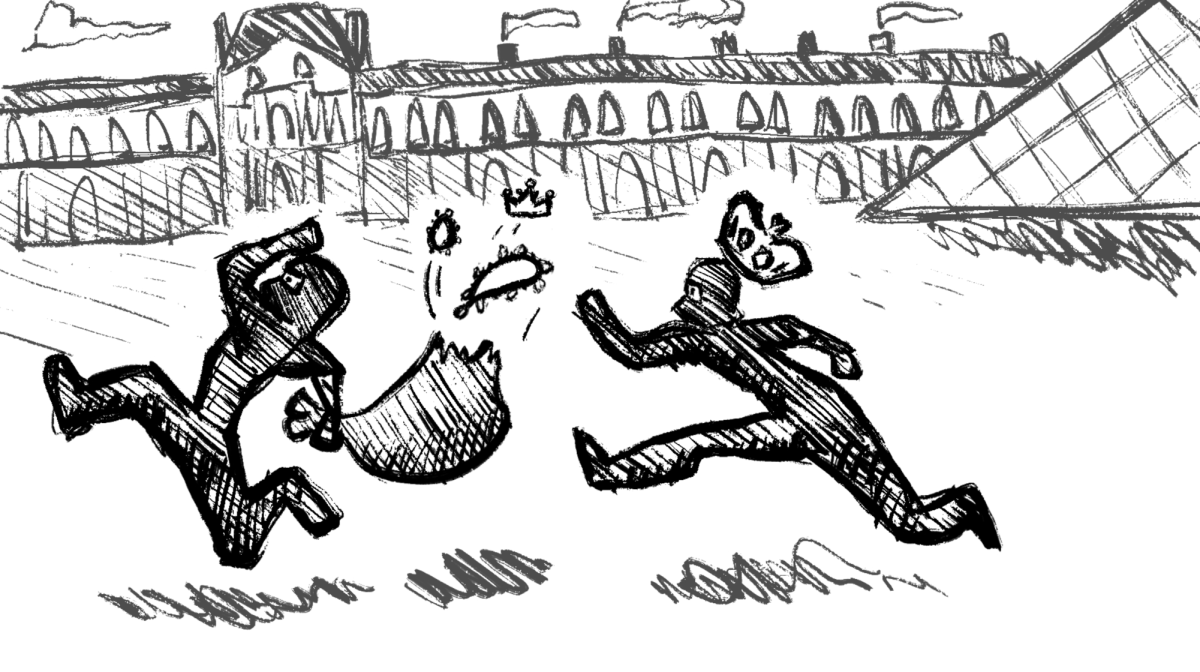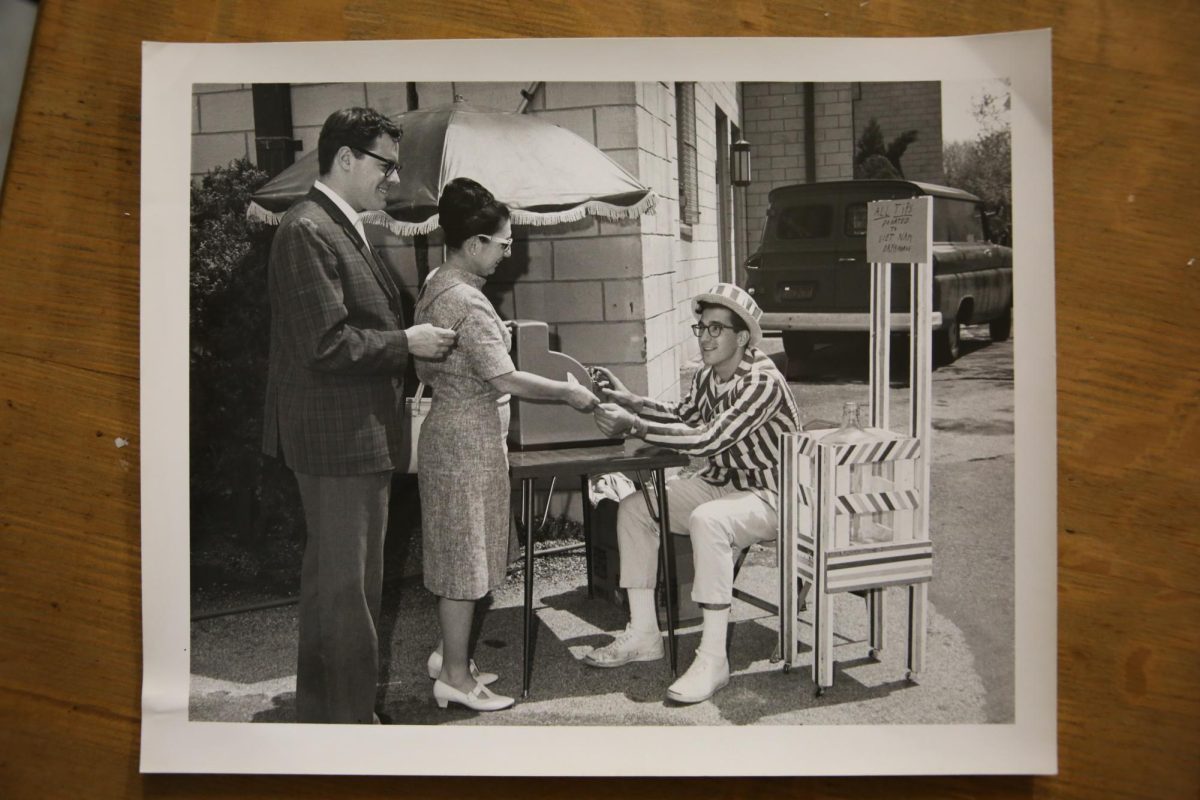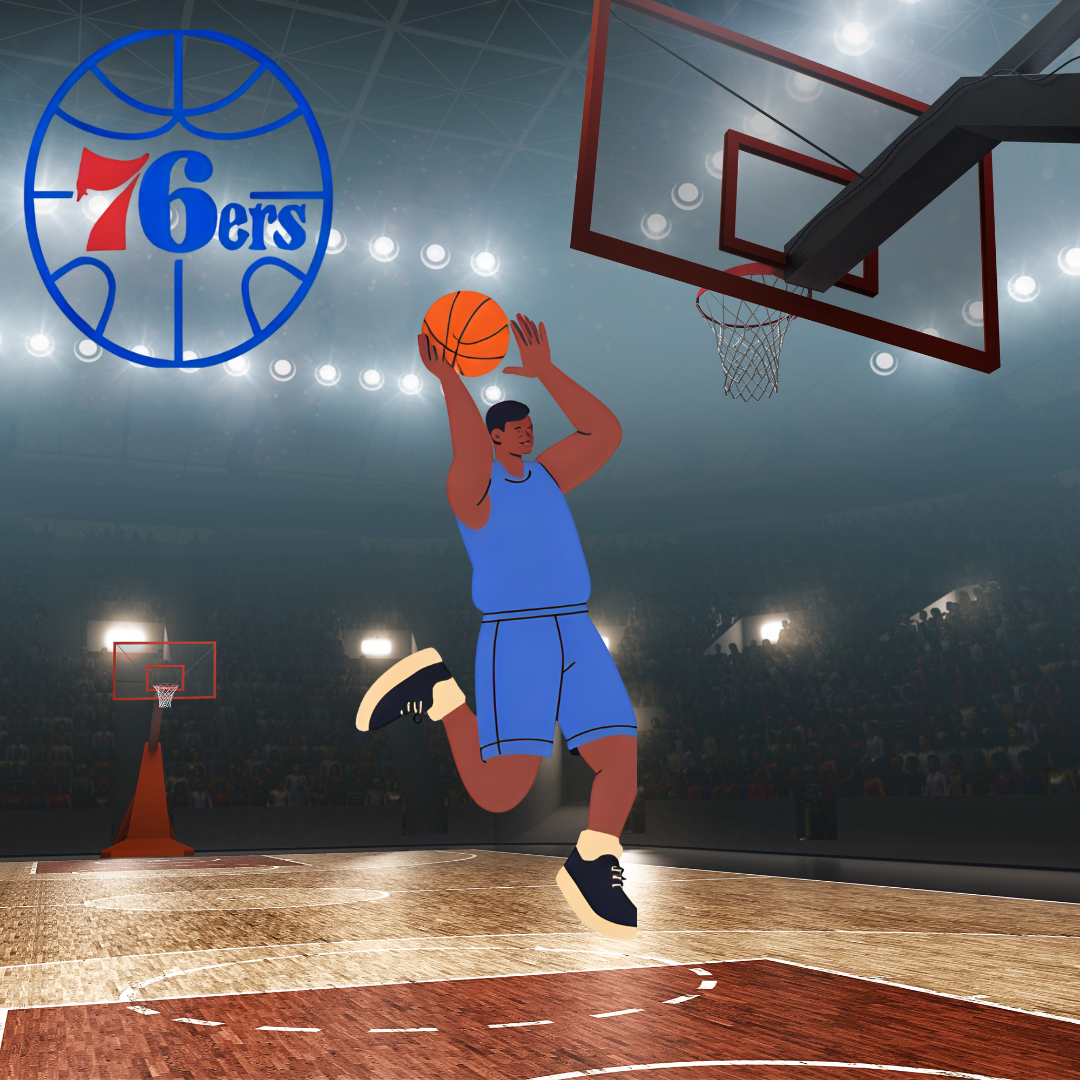Six ‘grate’ tips for selecting, serving, and pairing cheese
This summer, I had the wonderful opportunity to work in the Olde World Cheese shop at Wegmans. I had a really “gouda” time, especially when coming up with my fair share of incredibly cheesy cheese puns. If you’re not totally familiar with cheese, how it’s made, or how to choose one that’s really good, then you’re in the right place! Below are all my tips and hints to make anyone a cheese connoisseur:
1. The more, the “cheddar”
There are hundreds of different kinds of cheeses, and many cheese shops regularly bring in new ones to try. I always encourage trying new foods, especially new cheeses, because you never know what you will end up liking!
2. Don’t “brie” afraid of different dairy
Cheese can be made from pretty much any kind of animal’s milk. Cow, goat, and sheep milk cheeses are the most common and usually the most popular, but there are also cheeses made from water buffalo milk, like mozzarella di bufala. (It’s delicious. I highly recommend it). Remember that different types of animal milk have different tastes, so a cheese made from goat’s milk tastes much different from that of a cow’s.
3. It only gets “feta” with time
The amount of time that a cheese has been aged usually determines the intensity of the flavor. For example, a cheddar that has been aged for 12 months will be much milder compared to one that has been aged for 26. Use the aging period as a guide for your cheese’s intensity. Also, remember that different cheeses have different aging periods. For instance, cheddar cheese can be aged much longer than Parmigiano Reggiano (non-processed parmesan) cheese.
4. Find a cheese you like and “edam” all
It’s always great to find a cheese (or any food) that you really enjoy. When you find one, try some different types within that family. If you like gouda, one of my favorite cheeses, try a three-month aged gouda, then a 26-month aged gouda, a five-year, and even a smoked gouda. The options are endless, and exploring a whole family of cheeses will help you to expand your palate.
5. Mixing textures is the “whey” to go
A variety of tastes and textures is always good when creating a cheese spread. I recommend setting up your cheese spread with a mix different soft and hard cheeses. One suggestion would be to prepare a European spread: Milky brie cheese (soft, from France), vintage cheddar (hard, from Ireland), a blue cheese, like Stilton (soft, from England), and a gruyere (hard, from Switzerland).
6. Keep your pairings “dairy” simple
Pairing cheeses with other cheese, a nice wine, or craft beer, can seem intimidating. Don’t be fooled; it’s a lot simpler than it seems. The best rule of thumb when pairing cheese is to serve and eat it with products from the same region. Choosing one area or region will allow the flavors to enhance the cheese, instead of overpowering it. For example, if you want to do an Italian-themed spread, I recommend pairing a few Italian cheeses (like Taleggio, Mozzarella di Bufala, and Piave) with a quality wine from the Tuscan region, such as Chianti.
















































